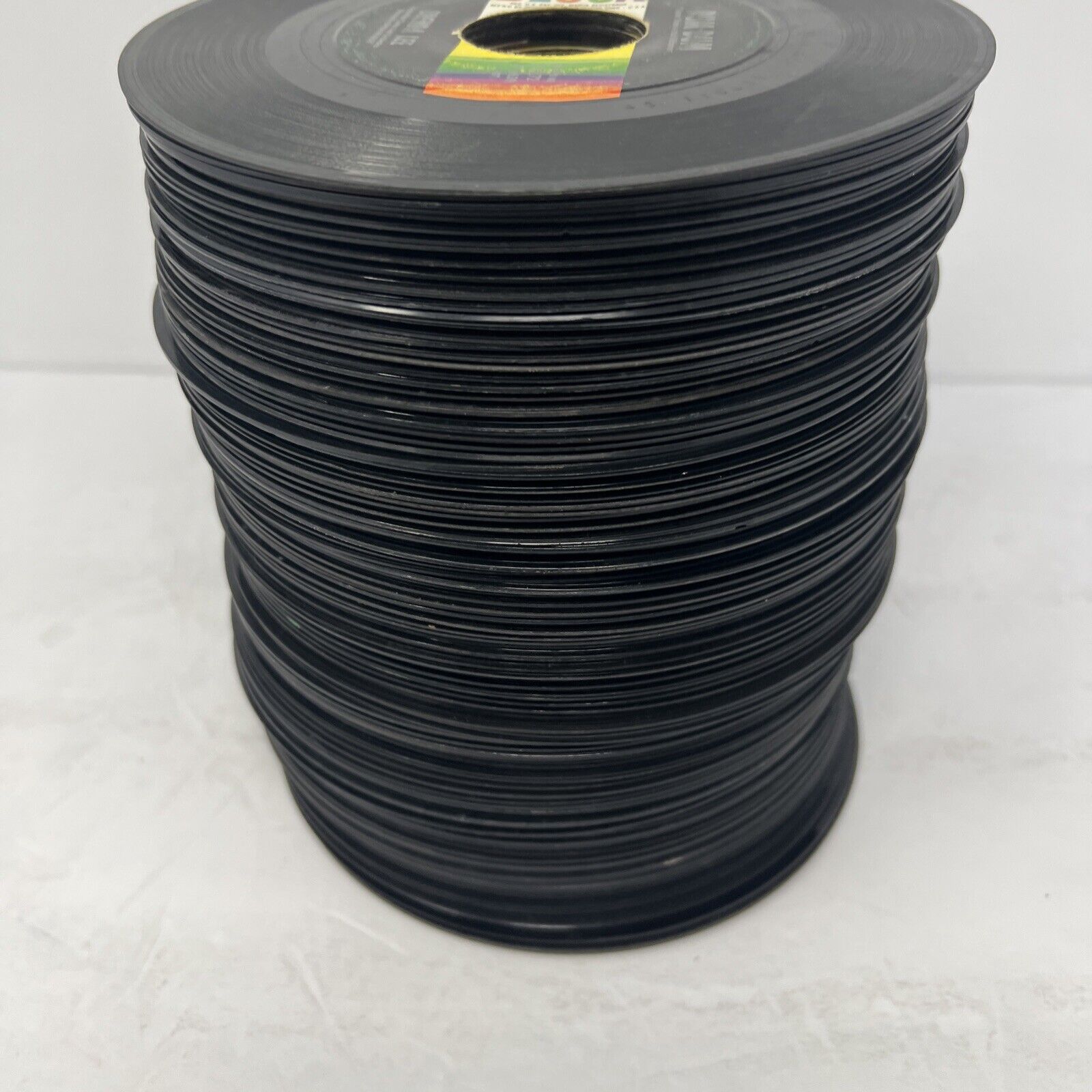

Articles
How To Store Vinyl Records Without Sleeves
Modified: January 7, 2024
Learn the best techniques for storing vinyl records without sleeves in this informative article. Find out how to protect your collection and maintain optimum sound quality.
(Many of the links in this article redirect to a specific reviewed product. Your purchase of these products through affiliate links helps to generate commission for Storables.com, at no extra cost. Learn more)
Introduction
Vinyl records have experienced a resurgence in popularity in recent years, with enthusiasts appreciating the analog sound quality and the experience of holding physical music. One crucial aspect of caring for vinyl records is proper storage, and one key component of that storage is the record sleeve. Vinyl record sleeves provide protection against dust, dirt, and scratches, ensuring the longevity and quality of the record. However, there may be instances where record sleeves are not available or have been damaged, leading to the need for alternative storage methods.
In this article, we will explore the importance of record sleeves and the risks of storing vinyl records without sleeves. We will also discuss alternative methods that can be used to store vinyl records without sleeves, including using inner poly sleeves, outer poly sleeves, and even DIY storage solutions. By understanding these options, vinyl owners can ensure their valued collection remains in optimal condition for years to come.
Key Takeaways:
- Vinyl record sleeves are essential for protecting records from dust, scratches, warping, and preserving artwork. Alternative methods like inner and outer poly sleeves, as well as DIY solutions, offer temporary protection when traditional sleeves are unavailable.
- While storing vinyl records without sleeves poses risks, alternative methods such as inner and outer poly sleeves, and DIY solutions, can provide temporary protection. However, investing in high-quality record sleeves is crucial for long-term preservation.
Read more: How To Store Vinyl Records In Sleeves
Why are sleeves important for vinyl records?
Vinyl record sleeves may seem like a simple piece of packaging, but they play a vital role in protecting the precious vinyl within. Here are a few reasons why record sleeves are crucial for the longevity and quality of vinyl records:
- Protection against dust and dirt: Vinyl records are highly sensitive to dust and dirt particles. When exposed, these particles can settle on the surface of the record, causing static and affecting the sound quality. Record sleeves act as a barrier, preventing dust and dirt from accumulating and keeping the vinyl clean.
- Prevention of scratches and scuffs: Vinyl records are prone to scratches and scuffs, which can significantly impact the sound quality and playability. The soft inner lining of record sleeves provides a cushioning effect, reducing the risk of scratches and scuffs when records are taken in and out of storage.
- Preservation of album artwork: Vinyl records often feature stunning album artwork that adds to the overall aesthetic appeal. Record sleeves help preserve the artwork, protecting it from fading, tearing, or other damage that may occur over time. This ensures that the visual experience of the album is maintained along with the audio.
- Prevention of warping and bending: Vinyl records are vulnerable to warping and bending, especially when stored improperly. Record sleeves offer support and keep the vinyl in a flat position, reducing the risk of warping and bending that can affect sound quality and make records unplayable.
By providing protection against dust, scratches, warping, and preserving the album artwork, record sleeves are essential for maintaining the overall quality and value of vinyl records.
Risks of storing vinyl records without sleeves
While it may be tempting to store vinyl records without sleeves, especially when sleeves are unavailable or damaged, doing so can pose several risks to the records themselves. Here are some of the potential risks of storing vinyl records without sleeves:
- Dust and dirt accumulation: Without the protection of a sleeve, vinyl records are susceptible to accumulating dust and dirt. Over time, the presence of dust and dirt particles can degrade the sound quality of the record, creating pops, crackles, and other unwanted background noise when played.
- Scratches and scuffs: One of the most significant risks of storing vinyl records without sleeves is the increased likelihood of scratches and scuffs. Even minor contact with other objects or surfaces can cause permanent damage to the record, affecting both the sound quality and the overall lifespan of the vinyl.
- Warping and warping: Vinyl records stored without sleeves are more prone to warping and bending, which can render them unplayable. Factors like changes in temperature and humidity can cause the record to warp or warp, distorting the grooves and resulting in skips or playback issues.
- Fading of album artwork: Album artwork is an integral part of the vinyl record experience, enhancing the visual appeal and providing a glimpse into the artistic vision behind the music. Storing records without sleeves increases the risk of the artwork fading due to exposure to light, leading to a loss of aesthetic value.
- Increased fragility: Vinyl records are fragile by nature, and storing them without sleeves only adds to their vulnerability. Without the added layer of protection provided by sleeves, records are more prone to cracking, chipping, and other forms of damage.
Overall, storing vinyl records without sleeves exposes them to a higher risk of damage, compromising their sound quality, playability, and aesthetic value. It is highly recommended to utilize proper record sleeves or alternative storage methods to ensure the longevity and preservation of vinyl records.
Alternative methods of storing vinyl records without sleeves
While record sleeves are the ideal choice for storing vinyl records, there may be situations where they are unavailable or damaged. In such cases, there are alternative methods that can be used to store vinyl records without sleeves. Let’s explore some of these methods:
- Using inner poly sleeves: Inner poly sleeves are a popular alternative to traditional paper or cardboard record sleeves. Made from polyethylene or polypropylene, these sleeves offer protection against dust, dirt, and static electricity. They are transparent and thin, allowing you to view the record label without having to remove the vinyl from the sleeve. Inner poly sleeves are also anti-static, reducing the risk of attracting dust and preserving the sound quality of the record.
- Using outer poly sleeves: In addition to inner sleeves, outer poly sleeves can be used to provide an extra layer of protection for vinyl records. These sleeves are larger and fit over the entire record, acting as a barrier against scratches, spills, and other potential damage. Outer poly sleeves are especially useful for protecting records during transport or when storing multiple records together.
- DIY storage solutions: If record sleeves are not readily available, you can create your own DIY storage solutions using materials like acid-free paper, plastic covers, or even old record jackets. For inner sleeves, acid-free paper can be cut and folded to create a protective covering for the record. For outer sleeves, plastic covers or repurposed record jackets can serve as a temporary solution to safeguard the vinyl from dust and scratches. While these DIY options may not offer the same level of protection as dedicated record sleeves, they can still provide a layer of defense for your vinyl collection.
It is important to note that while these alternative methods can be helpful in the absence of proper record sleeves, they may not provide the same level of protection and preservation. Therefore, it is advisable to invest in high-quality record sleeves as soon as possible to ensure the longevity and quality of your vinyl records.
Store vinyl records without sleeves by placing them in polyethylene inner sleeves to protect them from dust and scratches. Keep them upright in a sturdy, temperature-controlled environment to prevent warping.
Method 1: Using inner poly sleeves
Inner poly sleeves are an excellent alternative for storing vinyl records without traditional paper or cardboard sleeves. These sleeves are made from polyethylene or polypropylene, which offer several advantages over other materials.
Here’s how you can use inner poly sleeves to store your vinyl records:
- Select the right size: Inner poly sleeves come in various sizes to accommodate different record sizes, such as 7-inch, 10-inch, and 12-inch records. Ensure you choose the correct size that matches your vinyl record dimensions to provide a snug fit.
- Insert the record: Gently slide the vinyl record into the inner poly sleeve, making sure to align the label with the cutout window on the sleeve. This alignment allows you to easily identify the record without removing it from the sleeve.
- Protect against static: One of the advantages of inner poly sleeves is their anti-static properties. However, if you notice static cling on the record, you can use an anti-static brush or cloths to eliminate any built-up static charges before placing the record into the sleeve. This step helps prevent dust and particles from clinging to the record surface.
- Seal the sleeve: Most inner poly sleeves come with a resealable flap or adhesive strip to seal the sleeve once the record is inserted. This sealing mechanism keeps dust, dirt, and other contaminants out, ensuring the record remains clean and protected.
- Label the sleeve: To easily identify the record inside the inner poly sleeve, consider labeling the sleeve itself. You can use adhesive labels or simply write the album or artist name on the sleeve with a permanent marker. This labeling system adds convenience when browsing through your vinyl collection.
Using inner poly sleeves is an effective way to protect vinyl records from dust, dirt, and scratches while maintaining their sound quality. These sleeves are a reliable alternative when traditional paper or cardboard sleeves are not available, ensuring your vinyl collection remains in pristine condition for years to come.
Read more: How To Store Vinyl Records
Method 2: Using outer poly sleeves
In addition to inner poly sleeves, outer poly sleeves can provide an extra layer of protection for your vinyl records. These sleeves are larger and fit over the entire record, acting as a barrier against scratches, spills, and other potential damage.
Here’s how you can use outer poly sleeves to store your vinyl records:
- Select the right size: Outer poly sleeves come in various sizes to accommodate different record sizes, such as 7-inch, 10-inch, and 12-inch records. Choose the correct size that matches your vinyl record dimensions to ensure a proper fit.
- Insert the record: Gently slide the vinyl record into the outer poly sleeve, ensuring it is fully enclosed within the sleeve. The sleeve should cover the entire record, extending from the edges of the record jacket to provide maximum protection.
- Seal the sleeve: Many outer poly sleeves come with a resealable flap or adhesive strip to seal the sleeve once the record is inserted. This sealing mechanism helps keep out dust, dirt, and other contaminants, providing a clean and secure environment for the record.
- Store upright: When using outer poly sleeves, it is advisable to store your vinyl records in an upright position to prevent the records from bending or warping. This ensures that the weight of the records is evenly distributed, reducing the risk of damage.
- Consider double sleeves: For extra protection, you can opt for double outer poly sleeves. These sleeves have an additional layer of poly film on the outside, offering enhanced durability and resistance to wear and tear. Double sleeves are an excellent choice for collectors who want to safeguard their vinyl records from potential damage.
Using outer poly sleeves is a reliable method to protect your vinyl records from scratches, spills, and other forms of damage. These sleeves provide an additional layer of defense, preserving the integrity of your vinyl collection and ensuring that your records remain in pristine condition.
Method 3: DIY storage solutions
If traditional record sleeves are not readily available, or if you’re looking for a cost-effective alternative, you can create your own DIY storage solutions to protect your vinyl records. Here are a few DIY options:
- Acid-free paper sleeves: Acid-free paper is a great material for creating makeshift record sleeves. Cut acid-free paper into the shape of a traditional record sleeve, ensuring it is wide enough to fully cover the vinyl. Fold the paper along the edges and secure with adhesive or tape to create a protective covering for your record. Acid-free paper provides a clean and archival-grade material that helps prevent discoloration and damage to your vinyl.
- Plastic covers: If you have access to plastic covers or sheet protectors, they can be repurposed to store vinyl records. Trim the plastic cover to the size of your record and insert the vinyl, ensuring it is fully enclosed. While plastic covers may not offer the same level of protection as specific record sleeves, they can still provide a barrier against dust and scratches.
- Repurposed record jackets: If you have spare or damaged record jackets, you can reuse them as makeshift sleeves. Remove the vinyl from its original damaged sleeve and insert it into the repurposed jacket. While these jackets may not provide a perfect fit or optimal protection, they can serve as a temporary storage solution until you can acquire proper record sleeves.
- Cardboard or shoebox storage: If you need a storage option to keep multiple vinyl records together, consider using a cardboard box or shoebox. Line the box with acid-free paper or fabric to create a protective layer, then place your vinyl records inside. Ensure that the records are standing upright to prevent warping and maintain their shape. This DIY storage solution is low-cost and can be personalized to fit your specific needs.
While these DIY storage solutions may not offer the same level of protection as commercial record sleeves, they can provide a temporary solution until you can acquire proper sleeves. It’s important to remember that these alternatives may have limitations, so it is advisable to invest in high-quality record sleeves as soon as possible to ensure the long-term preservation and protection of your vinyl records.
Conclusion
Proper storage of vinyl records is essential for preserving their sound quality and longevity. While record sleeves are the recommended option for protecting vinyl records, there are alternative methods available when sleeves are not accessible or damaged.
In this article, we discussed the importance of record sleeves and the risks associated with storing vinyl records without sleeves. Dust, scratches, warping, and fading artwork are just a few of the potential hazards that can affect the quality and lifespan of vinyl records.
We explored three alternative methods for storing vinyl records without sleeves:
- Using inner poly sleeves: These thin, transparent sleeves made from polyethylene or polypropylene offer protection against dust, dirt, and static electricity.
- Using outer poly sleeves: Larger sleeves that fit over the entire record, providing an additional layer of defense against scratches, spills, and other damage.
- DIY storage solutions: Creating your own sleeves using acid-free paper, repurposed record jackets, plastic covers, or utilizing cardboard or shoebox storage.
While these alternatives can offer some level of protection, it’s important to note that they may not provide the same comprehensive safeguarding as dedicated record sleeves. It is highly recommended to invest in high-quality record sleeves as soon as possible to ensure optimal preservation and protection for your vinyl collection.
Remember to select the right size sleeves, insert records carefully, and label sleeves for easy identification. Additionally, storing records upright and maintaining a clean and controlled environment will further aid in protecting your vinyl records.
By taking the necessary precautions and using proper storage methods, whether it be through record sleeves or alternative solutions, you can maintain the quality and enjoy the longevity of your vinyl records for years to come.
So, go ahead and safeguard your cherished vinyl collection with the appropriate storage methods, ensuring that you can experience the joy of listening to music on your records for generations to come.
Frequently Asked Questions about How To Store Vinyl Records Without Sleeves
Was this page helpful?
At Storables.com, we guarantee accurate and reliable information. Our content, validated by Expert Board Contributors, is crafted following stringent Editorial Policies. We're committed to providing you with well-researched, expert-backed insights for all your informational needs.
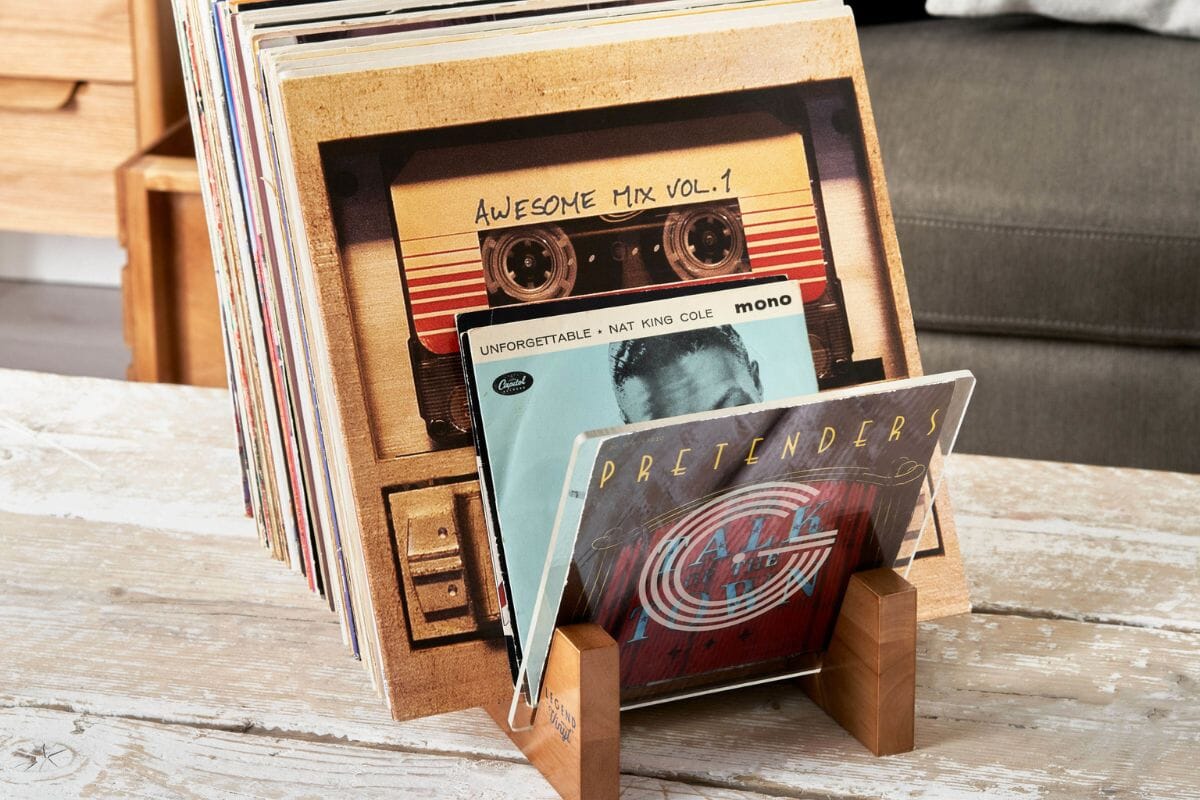
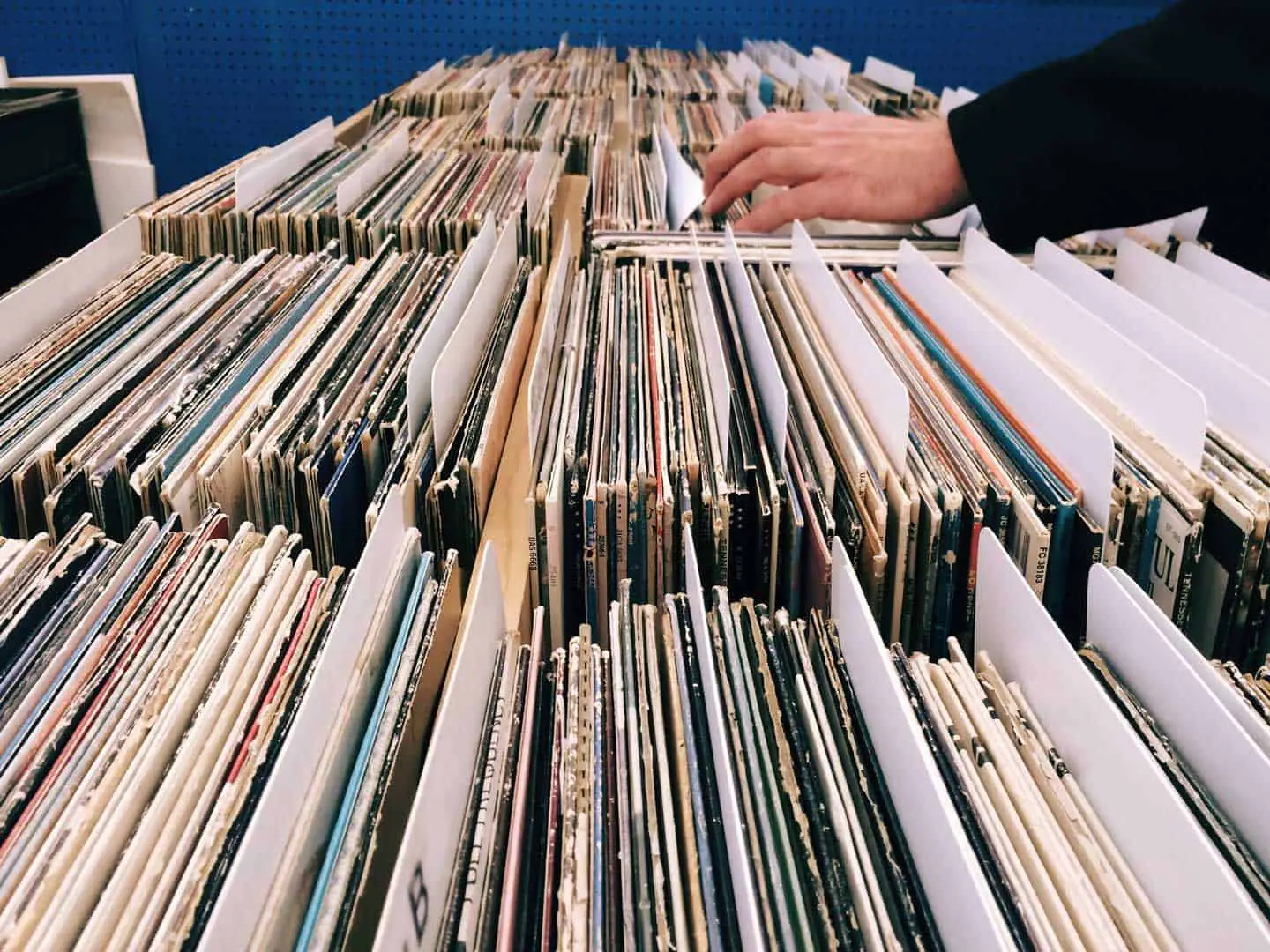
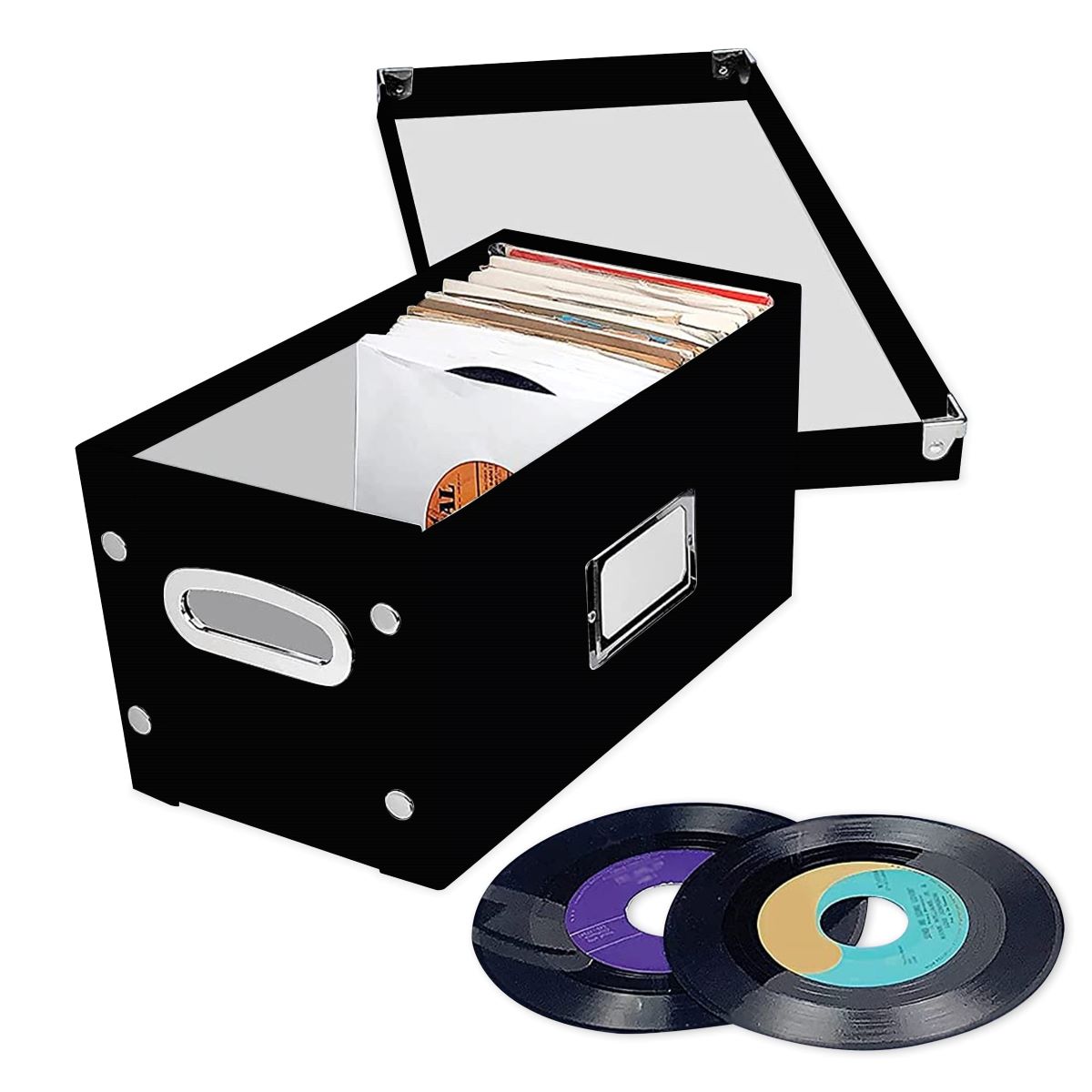
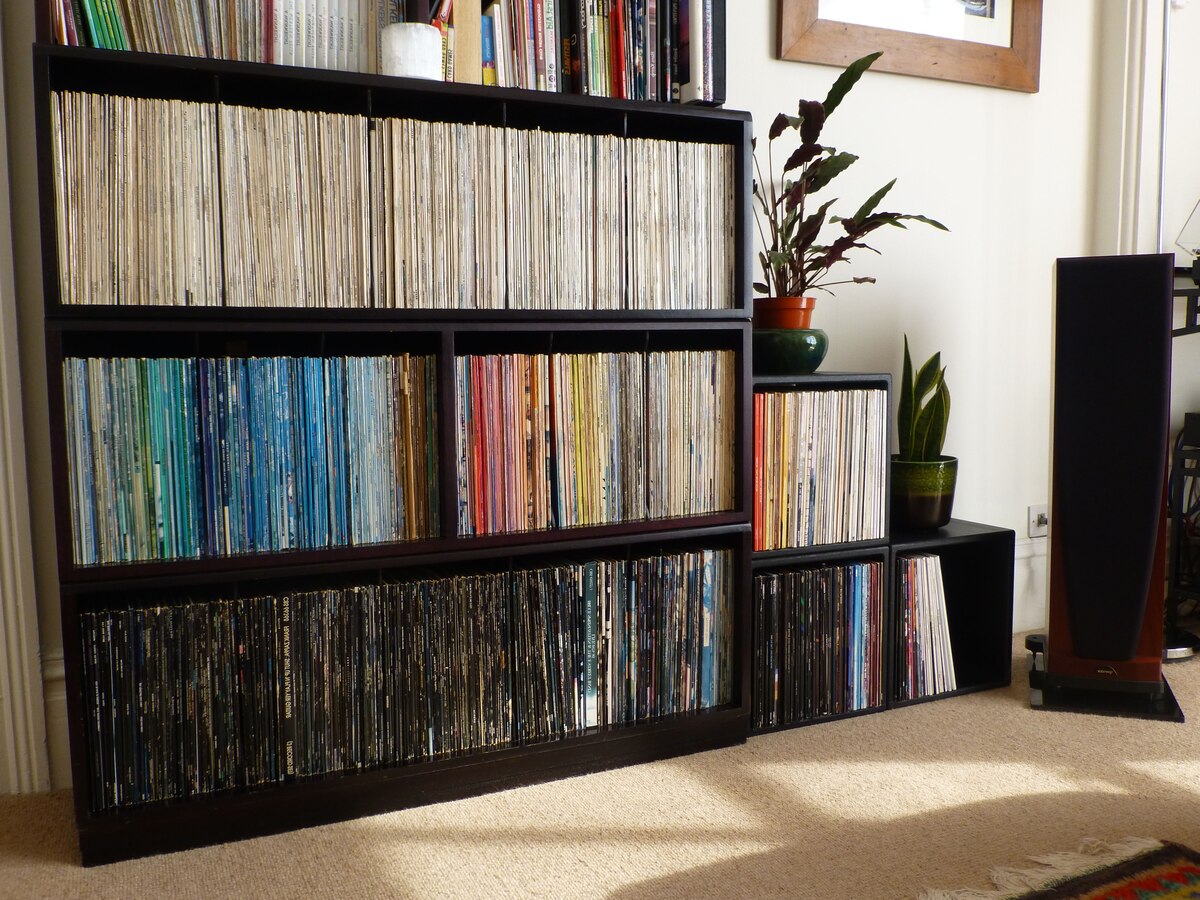
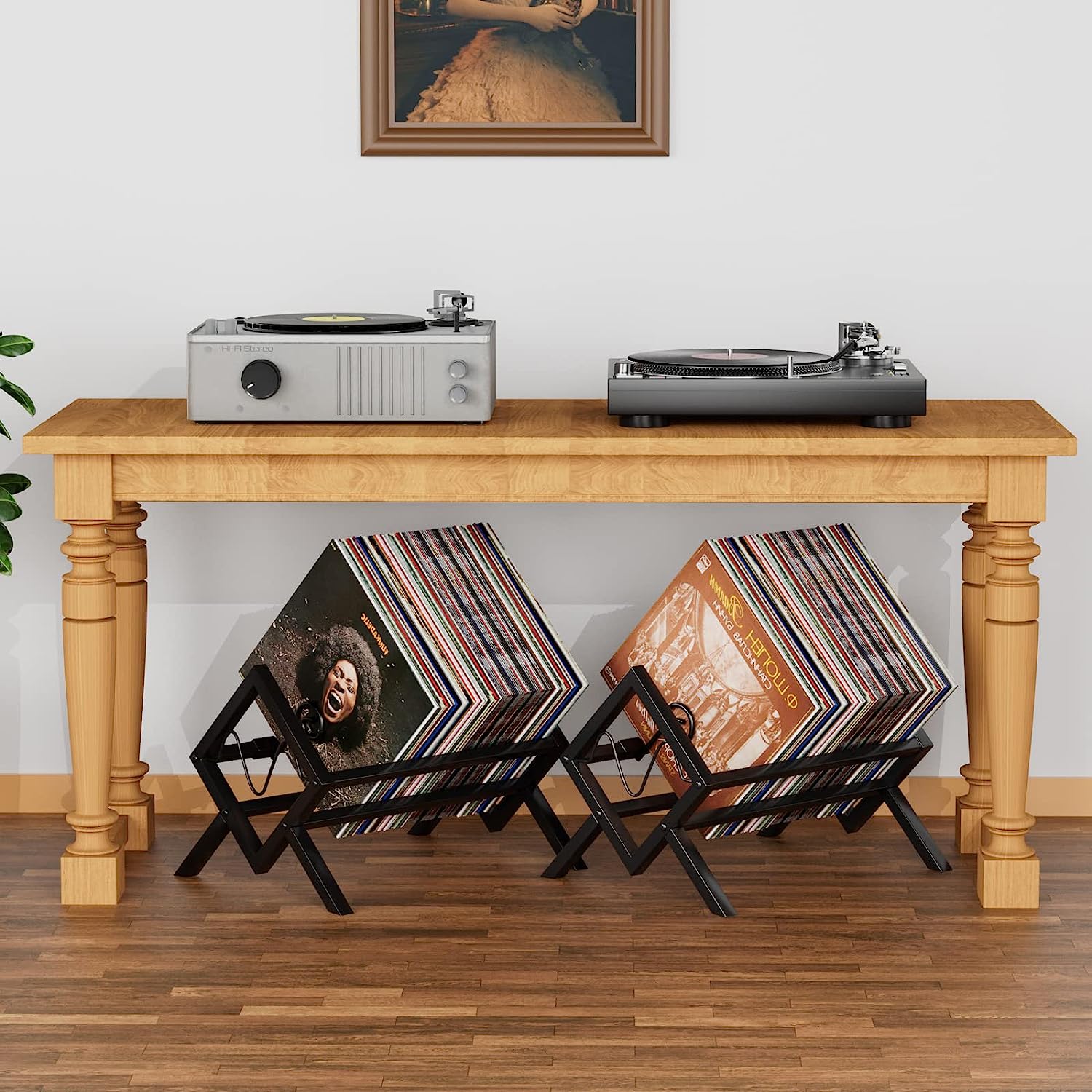
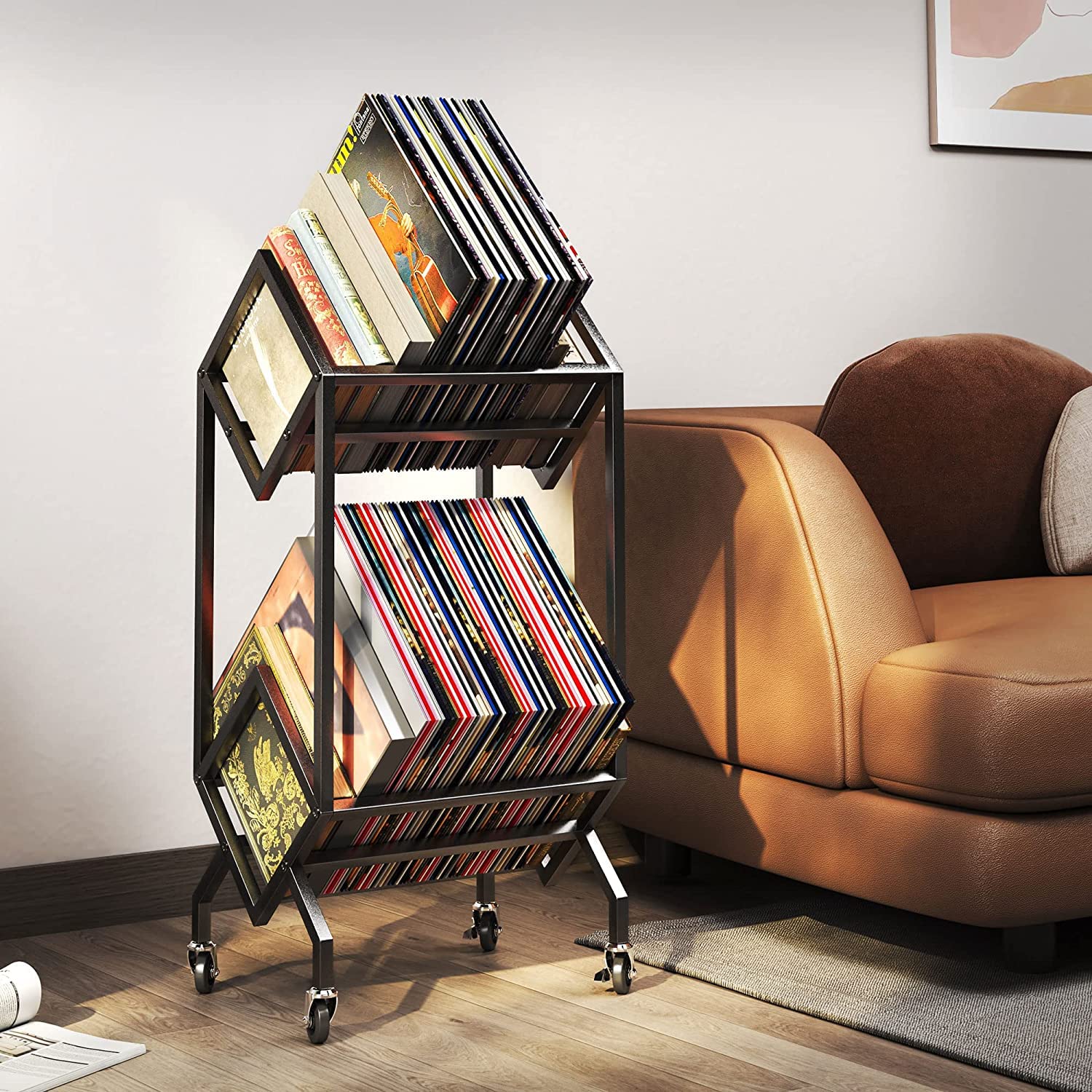
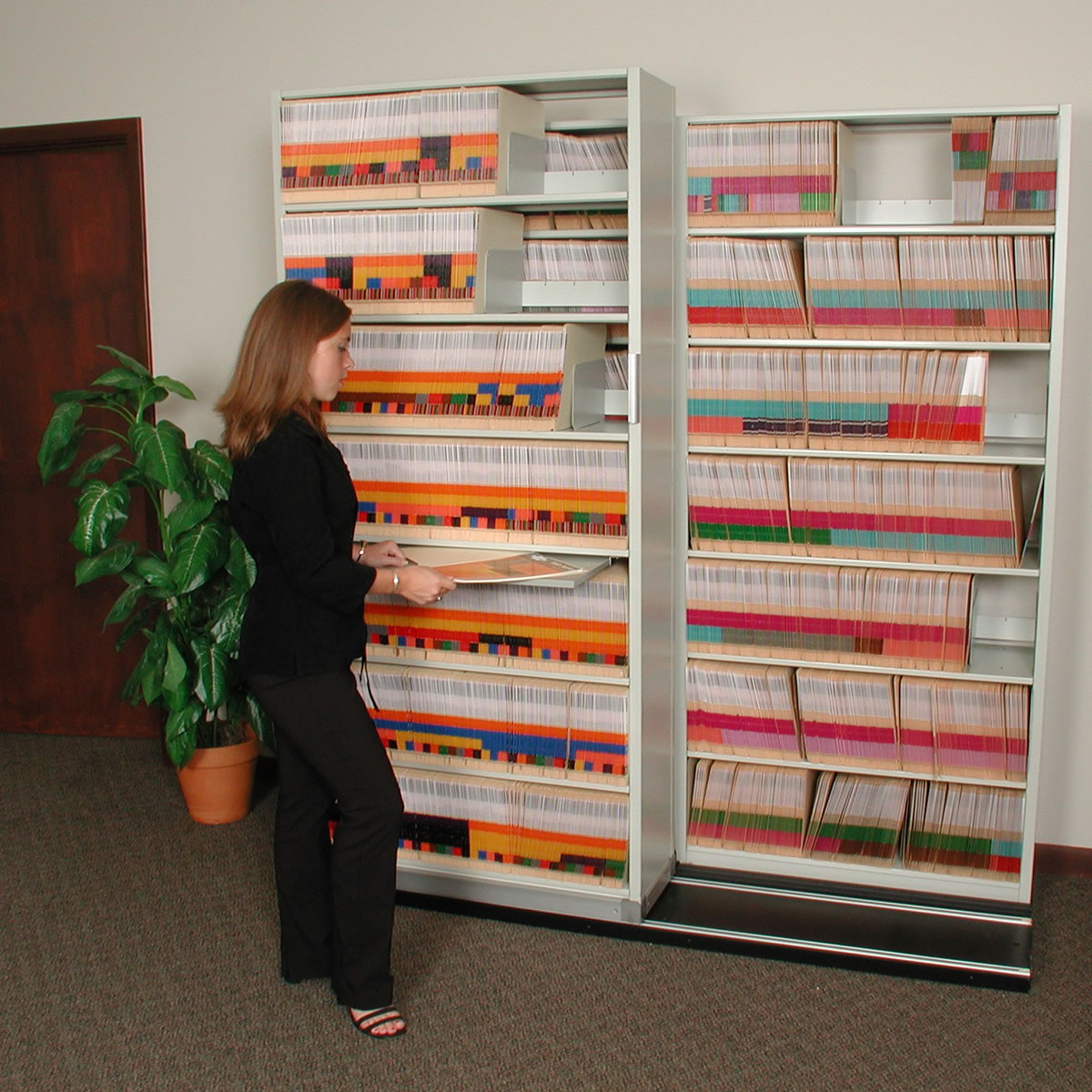
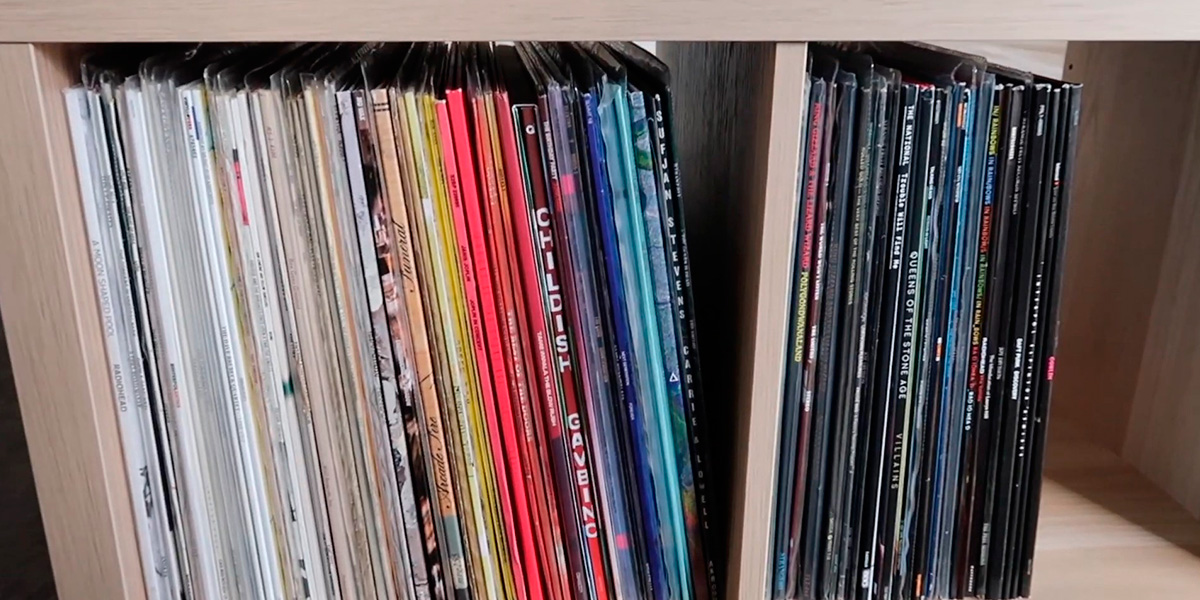
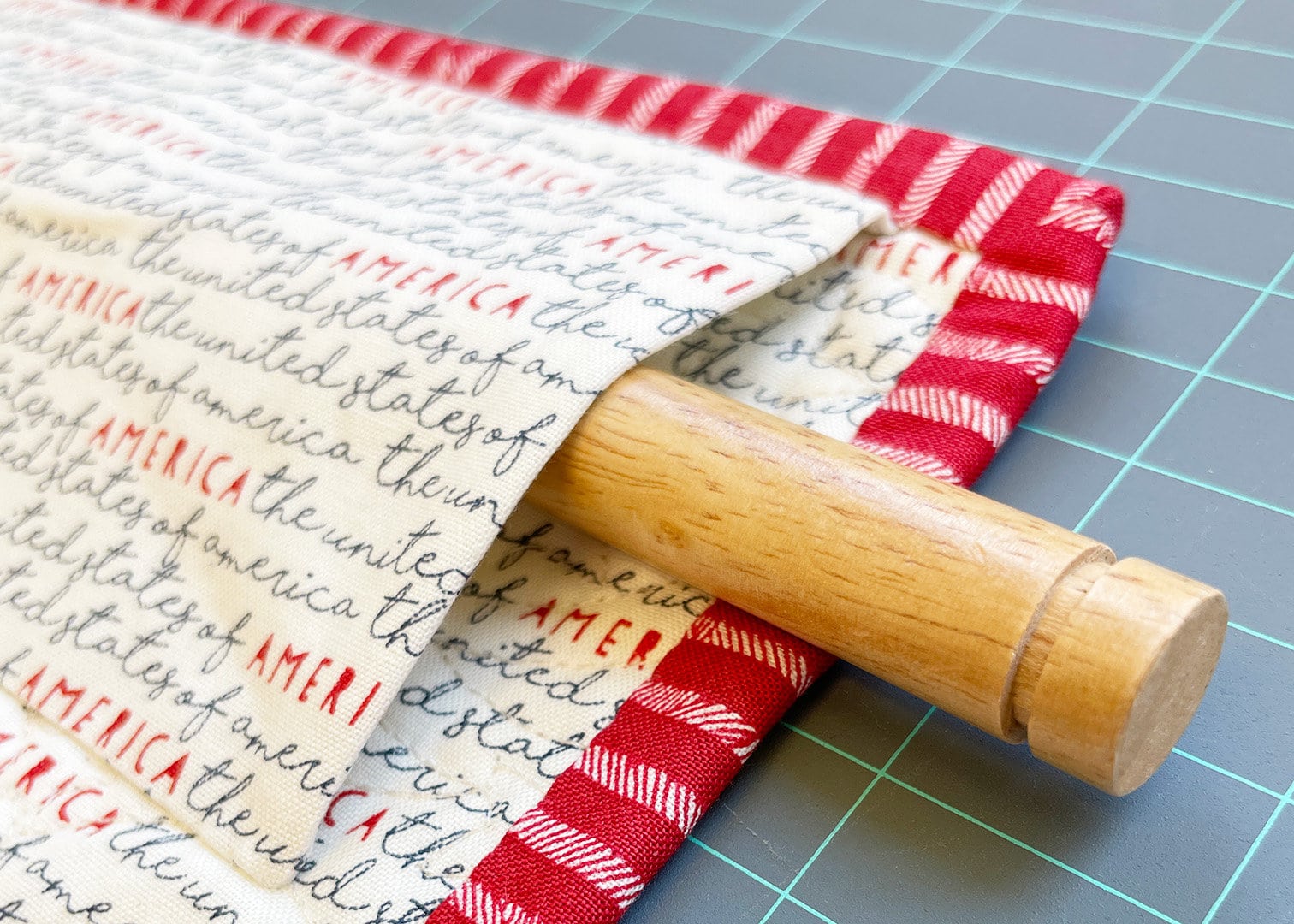
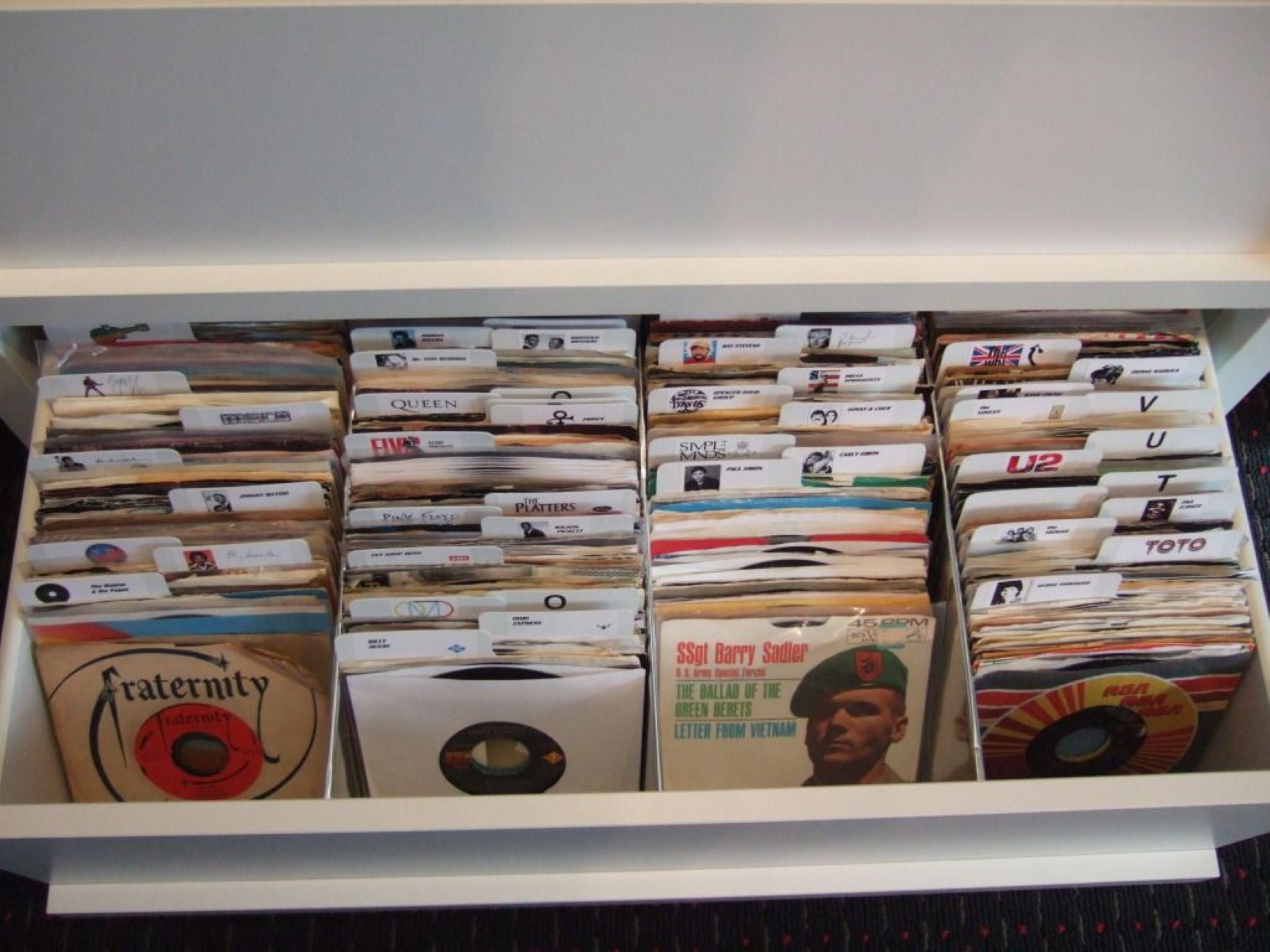

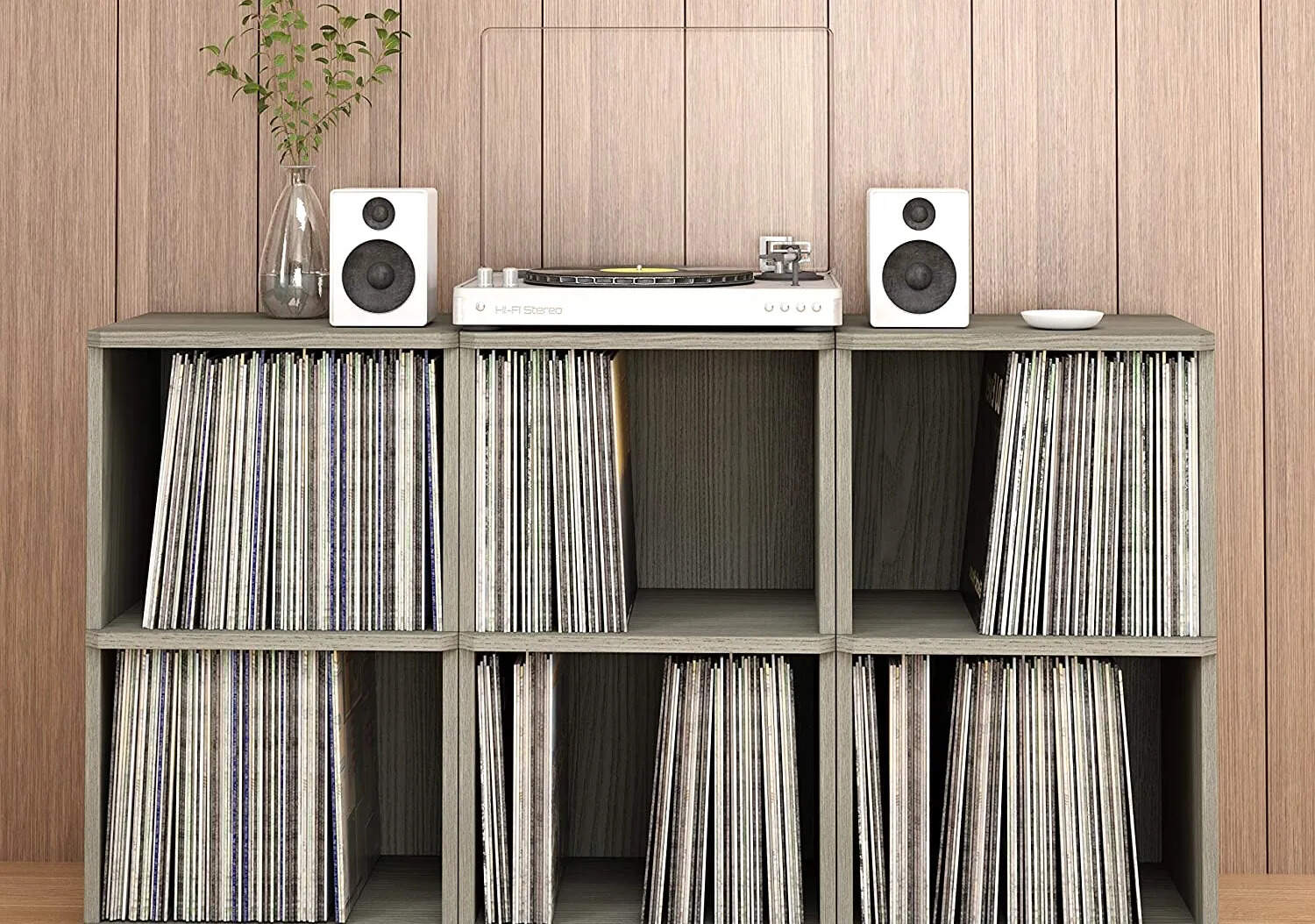
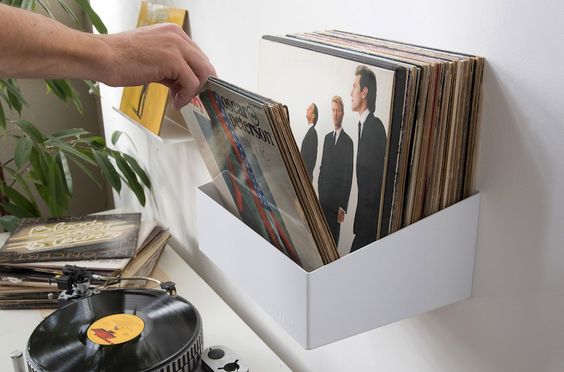
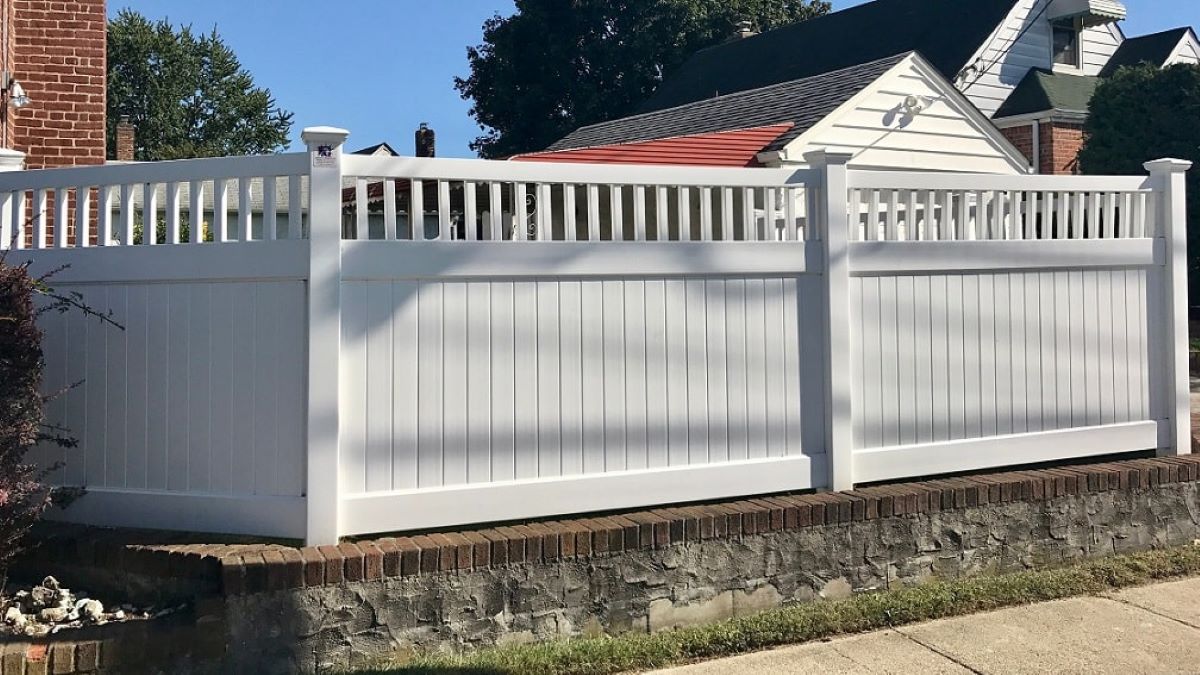

0 thoughts on “How To Store Vinyl Records Without Sleeves”